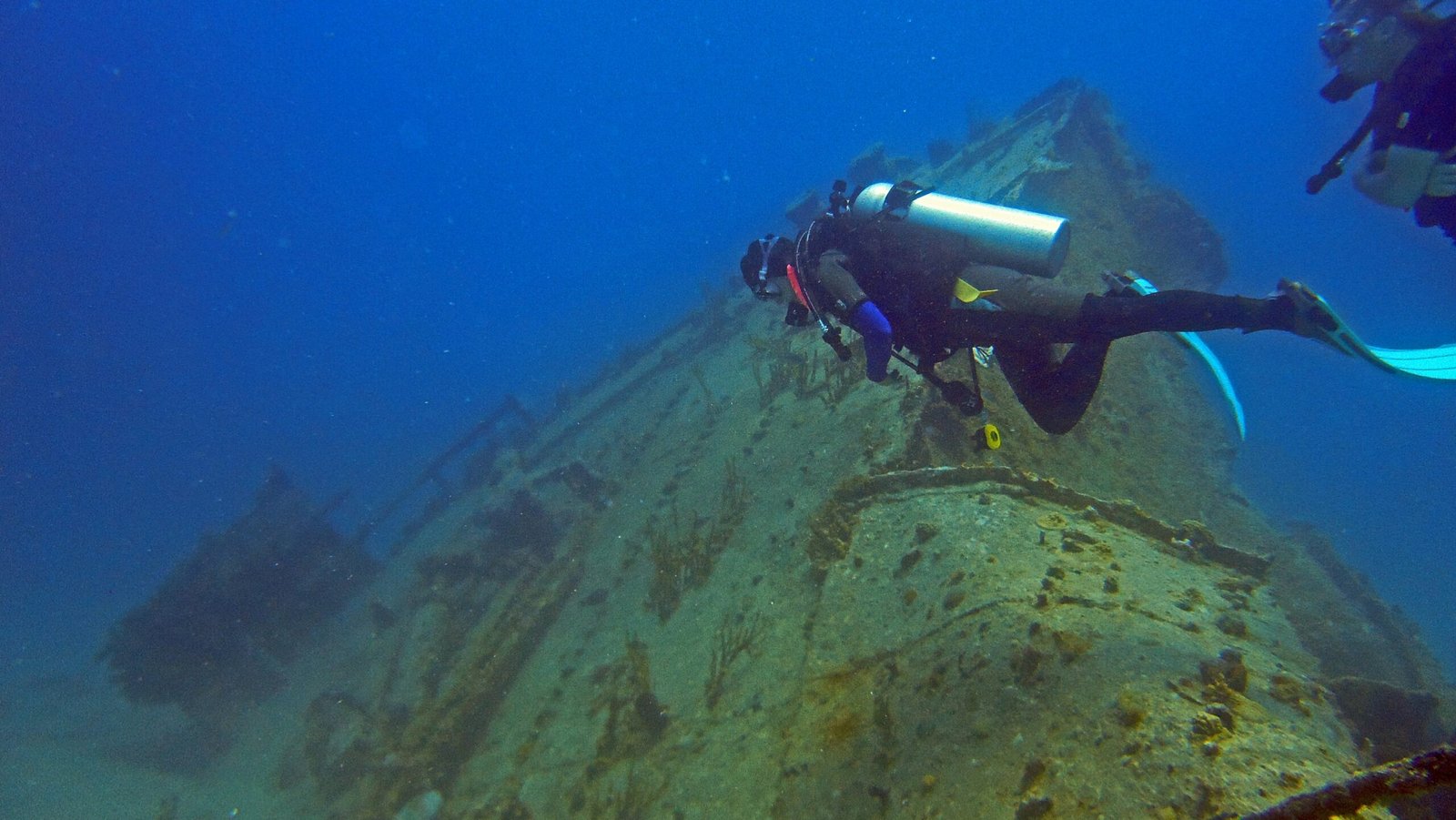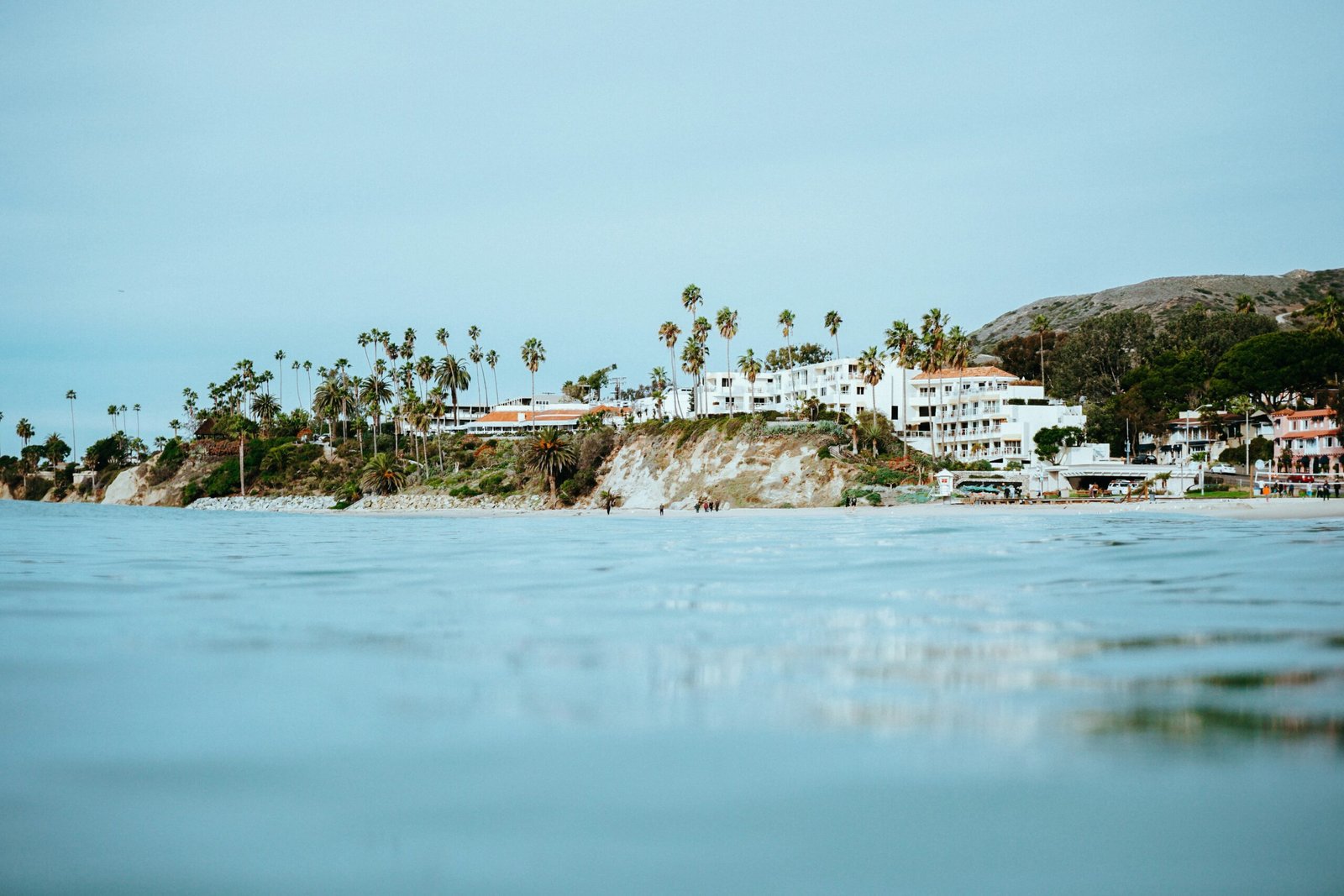Paradise Found: Australia’s Pristine Whitehaven Beach
Introduction to Whitehaven Beach
Nestled on Whitsunday Island in Australia, Whitehaven Beach is renowned for its exceptional natural beauty and pristine environment. This beach stretches over 7 kilometers and is characterized by its uniquely pure silica sand, which not only gives it a strikingly white hue but also ensures an incredibly soft and clean surface. The juxtaposition of the dazzling white sand against the vibrant, turquoise waters creates a picturesque setting that has captured the hearts of travelers and nature enthusiasts alike.
One of the defining features of Whitehaven Beach is its commitment to conservation and preservation. As a part of the Whitsunday Islands National Park, the beach remains largely unspoiled, providing a sense of tranquility and an escape from the hustle and bustle of urban life. Visitors are often mesmerized by the enchanting environment, where the only sounds are the gentle lapping of waves and the call of native wildlife. The beach’s unique geological makeup and lush surroundings create an idyllic atmosphere that is hard to find elsewhere in the world.
Accessibility plays a crucial role in the beach’s appeal. While Whitehaven Beach is remote, it is conveniently reachable by boat, seaplane, or helicopter from mainland locations such as Airlie Beach or Hamilton Island. This ease of access ensures that the beach remains a popular destination for tourists, offering a retreat into nature without having to navigate difficult terrains. The convenience of transportation, combined with the pristine and untouched landscapes, truly establishes Whitehaven Beach as a must-visit destination for those seeking an unspoiled paradise.
Activities to Enjoy at Whitehaven Beach
Whitehaven Beach is renowned for its stunning scenery and pristine environment, offering a wide array of activities that cater to visitors with varying interests. One of the most inviting features of Whitehaven Beach is its clear, azure waters, which provide an ideal setting for swimming. The gentle waves and warm temperatures create a perfect spot for relaxation and play for individuals and families alike.
In addition to swimming, visitors can indulge in sunbathing on the beach’s signature soft, white sand. Known for its purity, the silica sand remains cool underfoot, allowing people to comfortably lounge or read while soaking up the sun. Many drape beach towels or set up umbrellas, creating a tranquil space to enjoy the breathtaking views of the ocean and surrounding islands.
For those seeking adventure, snorkeling in the nearby coral reefs is a must-do activity. The vibrant marine life, including various species of fish, turtles, and colorful corals, can be experienced firsthand. Guided tours are available and can enhance the snorkeling experience by providing necessary equipment, as well as insights into the local ecosystem and its significance.
Hiking enthusiasts will find several trails in the vicinity, leading to stunning lookouts with panoramic views of the Whitsunday Islands. The most popular route is to Hill Inlet, where you can witness the adjoining swirling sands – a sight that perfectly encapsulates the beauty of the area. Walking along the trails also provides an opportunity to see unique flora and fauna native to the region, offering an enriching experience for nature lovers.
Additionally, several guided tours such as sailing and eco-tours are available for those interested in exploring the surrounding waters and islands. These tours not only enhance your visit but also emphasize the importance of preserving and respecting the natural environment, ensuring that visitors can enjoy this paradise responsibly.
Environmental Significance of Whitehaven Beach
Whitehaven Beach, located in the Whitsunday Islands of Queensland, Australia, is not only celebrated for its stunning beauty but also for its significant environmental attributes. The beach spans approximately seven kilometers and is recognized as one of the world’s most picturesque shorelines, boasting fine, white silica sand that contributes to the health of its unique ecosystem. This area is home to a variety of flora and fauna, showcasing a remarkable diversity of native species that thrive in its coastal and marine environments.
The surrounding landscapes comprise lush eucalypt forests, mangroves, and coral reefs, providing critical habitat for numerous species. For instance, the beach serves as a nesting ground for turtles, where they lay their eggs in the soft sands. Additionally, the nearby coral reefs are teeming with marine life, including vibrant fish species, sea turtles, and mollusks, all of which play essential roles in maintaining the ecological balance of the area. The delicate interdependence of these species underscores the importance of preserving Whitehaven Beach and its surroundings for future generations.
Conservation initiatives are vital in protecting the ecological integrity of Whitehaven Beach. Several organizations work diligently to monitor and manage the environmental impact of tourism in the region. This includes educational programs aimed at raising awareness about the significance of the local ecosystem and encouraging visitors to practice sustainable behaviors. Tourists can contribute positively by following designated paths, avoiding littering, and respecting wildlife to minimize their footprint on this fragile environment. By fostering an understanding of the beach’s environmental significance, visitors can play a pivotal role in ensuring that Whitehaven Beach remains a pristine natural wonder for years to come.
Planning Your Visit to Whitehaven Beach
When planning your visit to Whitehaven Beach, it is crucial to consider the best times to experience this tropical paradise. The optimal period to visit is during the Australian winter and early spring, from June to September, when the weather is idyllic for beachgoers. During these months, you can expect mild temperatures, minimal rainfall, and low humidity, making it perfect for sunbathing and water activities. However, if you are keen on enjoying a lively beach atmosphere, consider visiting during the summer months from December to February, though be prepared for warmer weather and potential marine stingers along the shoreline.
As you pack for your visit, essential items should include sunscreen, a wide-brimmed hat, water, and snacks. Given Whitehaven’s remote location, bringing your meals and beverages will enhance your experience. Comfortable footwear is also advised, as exploring the surrounding Whitsunday Islands may involve some walking. If you’re considering overnight stays, accommodation options range from luxurious resorts to budget-friendly hostels in nearby Airlie Beach, ensuring there is a suitable option for every budget and preference.
Dining around Whitehaven Beach offers a variety of choices, from casual cafes to finer dining establishments. Closer to Airlie Beach, you will discover fresh seafood and local delicacies that enhance your coastal experience. For safety, always remain vigilant about marine stingers and, during specific seasons, consider wearing a stinger suit when swimming. It is also wise to consult weather reports on your plans since conditions can change rapidly. Planning your trip with these tips in mind will undoubtedly contribute to an unforgettable experience at one of Australia’s most stunning beaches.









